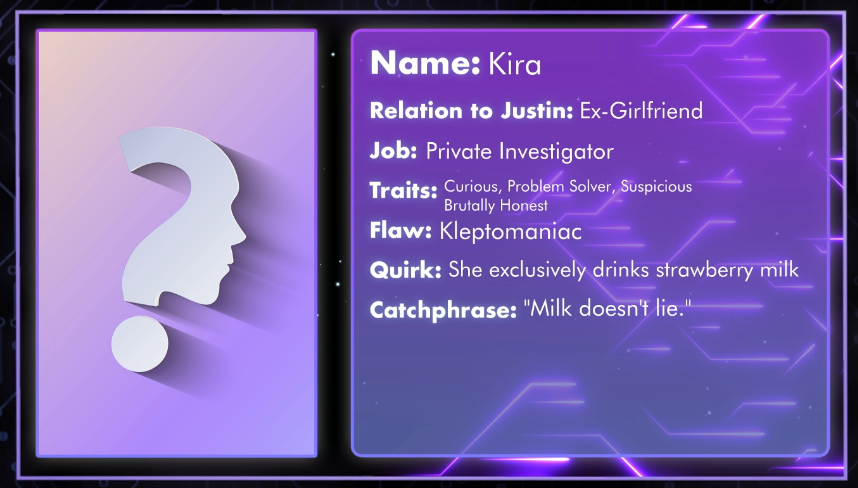
A popular feature of the show was how we let the live Twitch audience interact directly with the characters. The actors weren’t reading Twitch chat during the show for obvious reasons. But we, the writing team, were constantly reading the chat and pulling anything we found interesting. We’d take questions and comments (even from trolls) and write dialogue in the characters’ voices, keeping all the lore in mind, and put them in a Google Doc the actors had access to. Then, the actors would perform those lines live essentially on a cold read.
It was exhilarating to pull an audience question, craft an in-character joke on the fly, and have it performed all within two minutes… and get a good audience reaction!
Season 3 of Artificial was produced during 2020, right after the beginning of the pandemic. With that context, we decided to do the entire season remotely which gave us a huge writing challenge… how do you craft dramatic, heartfelt, or funny scenes when the actors can’t physically interact with each other?
Luckily an audience choice gave us the perfect lead-in without even knowing it: at the end of Season 2 the Twitch audience chose to deactivate the AI being, Sophie, because she had killed a person. That meant we had a good reason to keep the “rebooted” AI, Lilith (named by the audience), separate from everyone else.
We also introduced two forms of interactivity that made it even harder on ourselves: audience created scenes and audience created characters.
The first character the audience created for us ended up shaping the entire arc of Season 3 when they chose to make her a private investigator. We didn’t want to just pay lip service to their choices, so we ended up structuring the entire dramatic arc of the season around her investigation of the robot and a trial for its creator.

